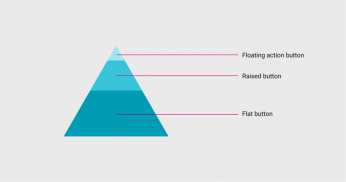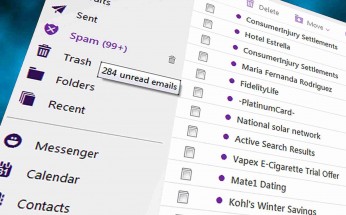We know from research that nearly everyone considering doing business with you will first look at your website. And nothing deters a prospect faster than a website that looks outdated.
Thankfully, even small tweaks to your design can help you to keep pace with design trends can make a big difference. Let’s take a look at the latest trends.
1. Less Photography, More Illustration
In 2015, B2B websites were dominated by impersonal or un-inspired stock photography. In 2016, we will find friendly and relatable illustrations being used far more to help companies tell their story.
2. Bolder Use of Color
You have probably heard of flat design (minimalism that emphasizes usability) and its use in B2B websites. Unfortunately, flat designs often have equally flat color palettes. But in 2016, expect that to change. This year you will find many designers upping their color game.
3. More Creative Typography
All hail! The days of sticking to only a handful of “safe” typefaces, like Arial and Times New Roman, are over!
4. Material Design
Seen by some as the next step up from flat design, material design was developed at Google for use on Android devices. It’s principles have since been adopted across many mobile platforms, as well as in the design of desktop websites. Material design is an evolving standard with resources and best practices for designing for devices.
5. More Vertical Layouts and Scrolling
2015 saw the possible end to the debate of non-scrolling websites. We are finding more and more that is that it’s easer to scroll than to click.
Read more: 5 B2B Website Design Trends for 2016


